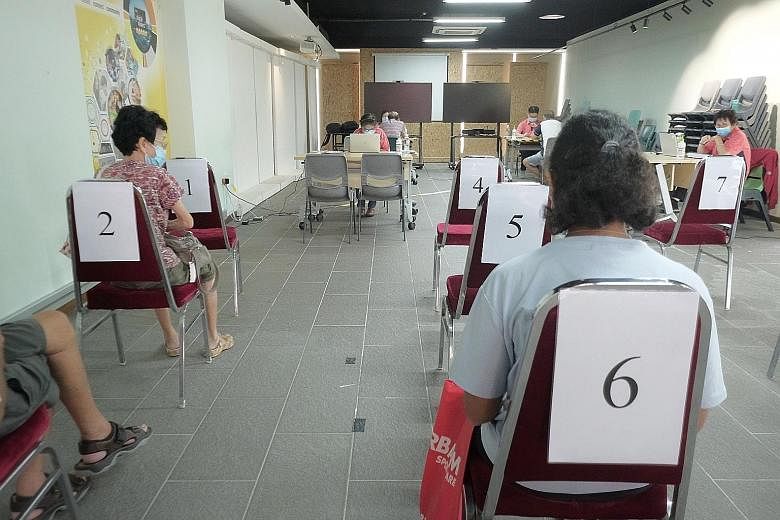Singapore residents with a higher education level have a higher life expectancy than those with lower education levels.
Those aged 25 years old in 2019 with a highest education attainment of below secondary education level are expected to live up to 81 years of age, while those with post-secondary and above are expected to live up to 86.8 years, Health Minister Gan Kim Yong said on Tuesday.
But he cautioned that comparisons of such statistics need to be interpreted carefully, and also gave the assurance that measures have been put in place to give all Singaporeans, including those from the lower socio-economic groups, good access to healthcare.
In a written reply to a parliamentary question by Mr Leon Perera (Aljunied GRC) on the health of people here based on their household income and education, the minister noted that this difference is comparable to that observed among countries that are members of the Organisation for Economic Cooperation and Development (OECD).
"Life expectancy has been increasing for both groups over the years. The life expectancy of our lower-educated population is higher than the lower-educated population in most OECD countries," said Mr Gan.
"However, there is room for further improvement, and we will continue to work on ensuring that life expectancy of our lower socio-economic status (SES) groups continues to improve."
Mr Gan cautioned that comparisons of statistics such as for life expectancy and rates of chronic illnesses across population sub-groups based on household income, education attainment or housing type need to be interpreted carefully.
This is because older cohorts of Singaporeans had, on average, lower levels of education attainment compared with younger cohorts, he said.
Household income also often decreases when a household member retires, and some older people may move from a larger flat to a smaller one when their children grow up and leave home.
Mr Gan said the older cohorts, regardless of SES, grew up without the benefits of today's healthcare system and health promotion initiatives in their younger days.
"Outcomes associated with education attainments, income quintiles or housing types would thus partly be a reflection of differences between older and younger cohorts, rather than SES per se," he said.
The minister also pointed out that life expectancy is calculated with the assumption that the mortality rates observed today remain unchanged. Better health and access to better healthcare could mean that younger cohorts may experience improvements in mortality rates as they age, and may therefore have better life expectancy than calculated.
Mr Perera had also asked about the prevalence of chronic illnesses among those with different levels of education, income and housing type.
Mr Gan replied that a more accurate measure would be to control multiple confounding factors such as age, gender, ethnic groups and educational levels at the same time, using regression analysis.
Based on this, he said, men with below-secondary education level were 1.7 times more likely to have diabetes, 1.2 times more likely to have hypertension and 1.2 times more likely to have high cholesterol than those with post-secondary education.
As for women with below secondary education level, the chances were 1.5 times more for diabetes, 1.7 times more for hypertension, and 1.4 times more for high cholesterol than those who had post-secondary education.
Said Mr Gan: "We have put in place measures to help all Singaporeans, including those from the lower SES groups, have good access to care with good health outcomes.
"Among Singaporeans with primary education and below who have chronic conditions like diabetes, hypertension and high blood cholesterol, more than 90 per cent visited their doctor in the previous year for their condition."
Schemes like the Community Health Assist Scheme, MediSave and MediShield Life also help make healthcare more affordable, with lower-income groups getting more support, said Mr Gan.


